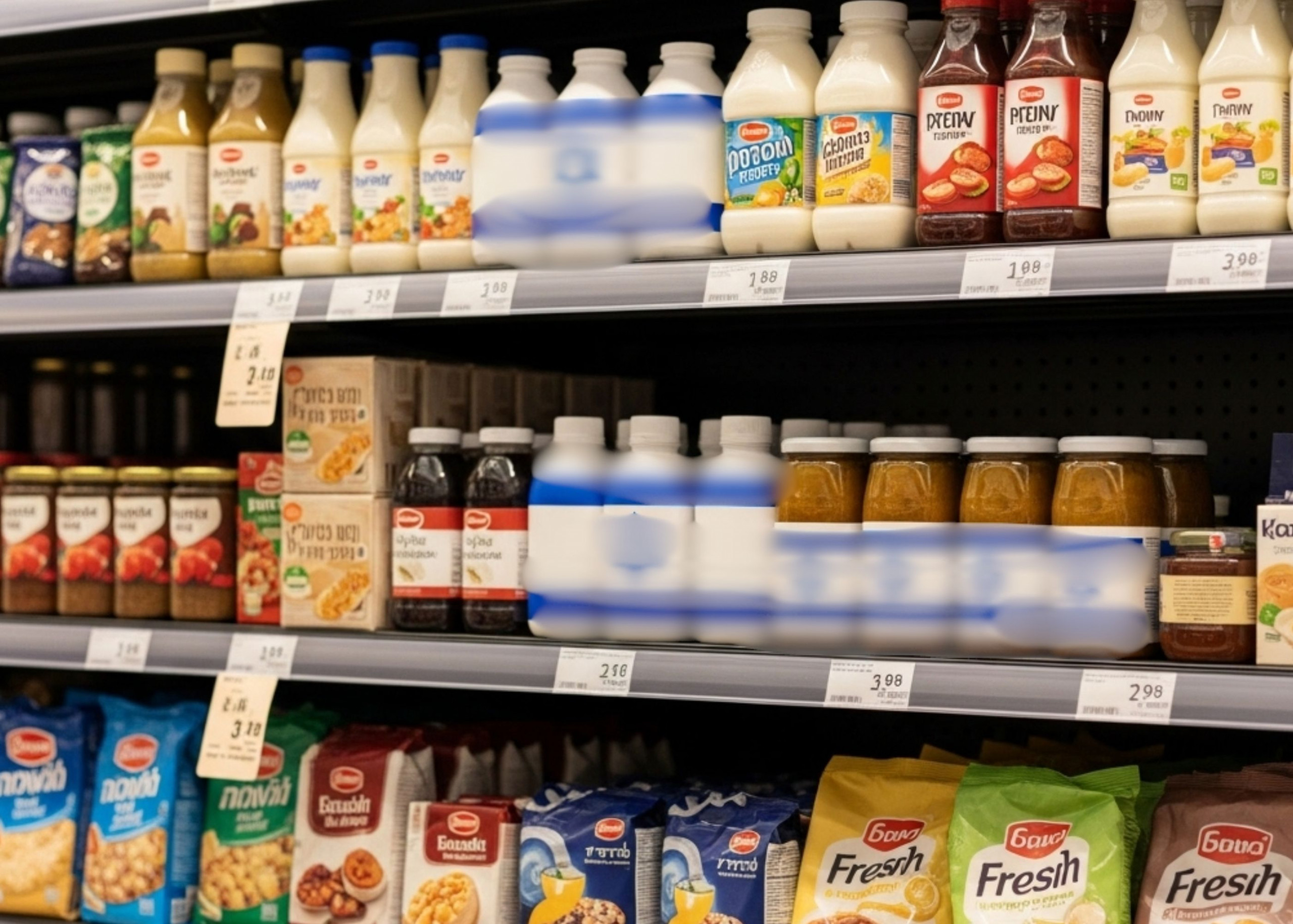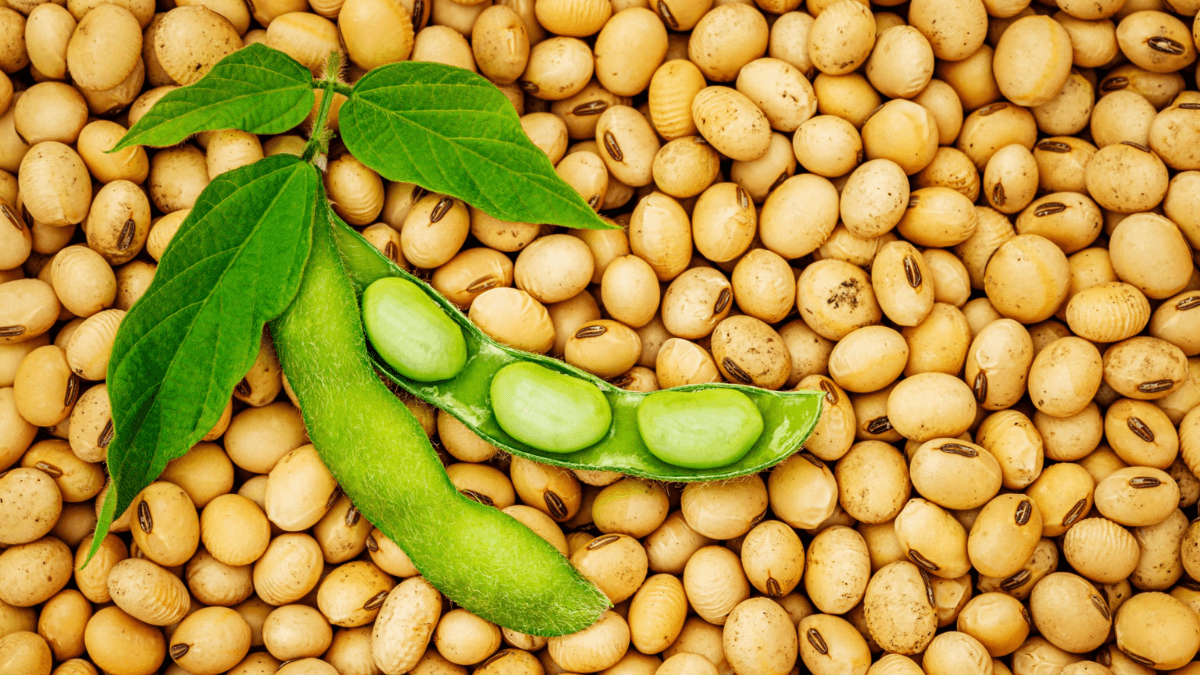News in brief:
– Global food prices have risen by 1.0% month-on-month in April 2025, with significant increases in cereals, dairy, and meat affecting Nigerian households.
– Local prices for staples like sorghum and paddy rice have surged, further straining budgets as analysts warn of potential upward pressure on food inflation.
Nigerian households are advised to brace for the impact of the global Food Price Index rise.
According to April 2025 data from the Food and Agriculture Organization (FAO), global food prices rose 1.0% month-on-month, with notable increases in cereals, dairy, and meat. The index now stands at 128.3 points—7.6% higher than a year ago.
At home, prices of staple crops like sorghum and paddy rice surged significantly in the last week of April. Sorghum, a dominant cereal crop in Nigeria’s north, jumped 16% from ₦500 to ₦580 per unit. Paddy rice followed closely, climbing 13.2%, further straining household budgets as the crop is a staple in nearly every Nigerian home.
Cocoa, another key export crop, saw a 14% rise since early April, now trading at over ₦11,200. Meanwhile, prices of raw cashew, soybeans, and maize dropped by 3.30%, 3.67%, and 1.82%, respectively. The continued fall in maize prices offers some relief, but not enough to offset the broader trend.
Globally, cereal prices increased across all major grains, while sugar prices declined for the second straight month, influenced by strong Brazilian output and falling crude oil prices. Locally, sugar prices also dropped from ₦83,563 in January to ₦80,547 in March, according to the National Sugar Development Council (NSDC).
Analysts warn that rising food prices could threaten Nigeria’s progress on food inflation, which has eased over the past three months, partly due to CPI rebasing. But with food comprising over 50% of household spending, even minor increases can push inflation higher, particularly as transport, fuel, and currency factors persist.
As global and local markets tighten, Nigerian consumers may face more price hikes in the coming weeks.



